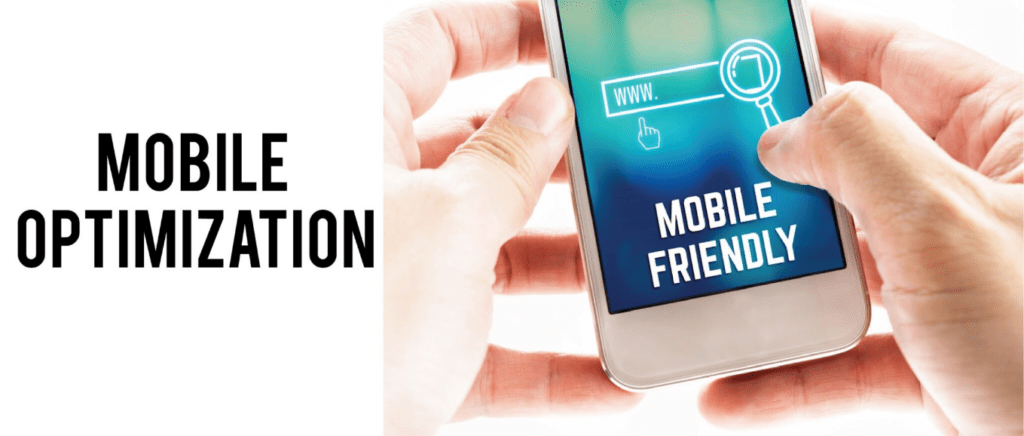PPC (Pay-Per-Click) advertising is an effective way to drive targeted traffic to your website. However, simply driving traffic is not enough; you need to ensure that visitors convert into customers or take the desired action. This is where optimizing your PPC landing pages becomes crucial. In this article, we will explore the essential strategies and techniques to optimize your PPC landing pages for high conversion rates.

Introduction
When users click on your PPC ads, they are directed to dedicated landing pages specifically designed to convert them. These landing pages play a vital role in persuading visitors to take action, such as making a purchase, signing up for a newsletter, or requesting more information. Optimizing your PPC landing pages can significantly increase your conversion rates and maximize the return on your advertising investment.
Understanding PPC Landing Pages
PPC landing pages are standalone web pages that are distinct from your main website. They are created with the sole purpose of capturing the attention of visitors who click on your PPC ads. These pages should be laser-focused, providing the necessary information and a compelling reason for visitors to convert.
Importance of Optimizing PPC Landing Pages
Optimizing your PPC landing pages can make a substantial difference in the success of your advertising campaigns. By improving the relevancy, usability, and persuasiveness of your landing pages, you can increase the likelihood of conversions and maximize the return on your advertising budget.
Key Elements of High-Converting PPC Landing Pages

Headline Optimization
The headline is the first element visitors see on your landing page. It should be attention-grabbing, concise, and clearly communicate the value proposition. A compelling headline can instantly captivate visitors and encourage them to explore further.
Compelling Call-to-Action (CTA)
A strong and well-placed call-to-action (CTA) is vital for driving conversions. It should be prominently displayed, use action-oriented language, and create a sense of urgency. The CTA should guide visitors towards the desired action, such as “Buy Now,” “Sign Up Today,” or “Get a Free Quote.”
Clear and Relevant Messaging
Your landing page content should be concise, easy to understand, and relevant to the visitor’s needs. Clearly articulate the benefits of your product or service and address any potential concerns or objections. Use persuasive language to highlight the unique value proposition that sets you apart from competitors.
Trust Indicators
Building trust is crucial for convincing visitors to convert. Incorporate trust indicators such as customer testimonials, case studies, certifications, or security badges to instill confidence in your offering. Displaying social proof can help alleviate doubts and increase credibility.
User-Friendly Design and Navigation
Ensure your landing page has a clean and intuitive design. Use visual elements strategically to enhance the user experience. Optimize the page loading speed to prevent visitor frustration. Make sure the navigation is straightforward and leads visitors towards the conversion goal without any confusion.
Crafting Engaging and Relevant Content
The content on your landing page should be engaging, concise, and focused. Use persuasive language to highlight the benefits and features of your product or service. Use bullet points, subheadings, and relevant imagery to break up the text and make it more scannable. Tailor the content to match the intent and expectations of the PPC ad that led visitors to the landing page.
Mobile Optimization for PPC Landing Pages
With the increasing use of mobile devices, optimizing your landing pages for mobile is essential. Ensure that your landing pages are mobile-responsive and provide a seamless experience across different devices. Mobile-friendly design and fast loading speeds are critical for keeping visitors engaged and increasing conversions.

A/B Testing and Conversion Rate Optimization
A/B testing is a powerful technique to optimize your PPC landing pages. Test different variations of headlines, CTA buttons, colors, layouts, and content to identify what resonates best with your audience. Continuously monitor and analyze the performance metrics to make data-driven decisions and refine your landing pages for better conversion rates.
Integrating Google Ads with Landing Pages
When running PPC campaigns, it’s essential to integrate your Google Ads agency account with your landing pages. Use relevant keywords in your ad copy that align with the landing page content. Maintain consistency between your ads and landing pages to provide a seamless experience to visitors and improve quality score.
Tracking and Analyzing Performance Metrics
To measure the effectiveness of your PPC landing pages, track and analyze key performance metrics. Monitor conversion rates, bounce rates, time on page, and click-through rates. Utilize tools like Google Analytics to gain insights into visitor behavior and identify areas for improvement.
Implementing SEO Strategies for PPC Landing Pages
While PPC landing pages are primarily focused on conversions, implementing basic SEO strategies can enhance their visibility and organic traffic potential. Conduct keyword research to identify relevant keywords for your landing page content. Optimize meta tags, headings, and content with targeted keywords while maintaining a natural and user-friendly flow.
Tips for Increasing Conversion Rates
- Create a sense of urgency with limited-time offers or exclusive deals.
- Use persuasive language and emotional triggers to connect with your audience.
- Keep your forms simple and minimize the number of required fields.
- Provide clear and concise benefits and value propositions.
- Use high-quality visuals that resonate with your target audience.
Strategies for Localized PPC Landing Pages
If you operate in specific geographic areas, consider creating localized PPC landing pages. Tailor the content and messaging to address the unique needs and preferences of local customers. Incorporate local keywords, testimonials, and references to establish relevance and build trust with your target audience.
Case Studies of Successful PPC Landing Pages
Highlighting case studies of successful PPC landing pages can provide real-life examples of effective strategies and techniques. Showcase how specific optimizations resulted in significant improvements in conversion rates or return on ad spend. These case studies can inspire and guide marketers in creating their own high-converting landing pages.
Common Mistakes to Avoid
- Overwhelming visitors with too much information or cluttered designs.
- Failing to deliver on the promises made in the PPC ad.
- Neglecting mobile optimization and responsive design.
- Using generic and uninspiring headlines or CTAs.
- Ignoring the importance of page loading speed.
Conclusion
Optimizing your PPC landing pages is crucial for achieving high conversion rates and maximizing the effectiveness of your advertising campaigns. By implementing the strategies and techniques discussed in this article, you can create compelling, user-friendly, and conversion-focused landing pages that drive results. Continuously test, analyze, and refine your landing pages to ensure ongoing improvement and success.
FAQs
1. How long does it take to optimize PPC landing pages for high conversion rates?
Optimization timelines can vary depending on various factors such as the complexity of your campaigns, the volume of traffic, and the level of testing required. It’s an ongoing process that requires continuous monitoring and refinement.
2. Can I use the same landing page for multiple PPC campaigns?
While it’s possible to use the same landing page for multiple campaigns, it’s recommended to create dedicated landing pages tailored to the specific ad group or target audience. This allows for better relevancy and higher conversion rates.
3. Should I optimize my landing pages for organic search as well?
While the primary focus of PPC landing pages is conversions, optimizing them for organic search can bring additional traffic and potential customers. Implementing basic SEO strategies can help improve visibility and organic rankings.
4. How frequently should I perform A/B testing on my landing pages?
The frequency of A/B testing depends on various factors, including the volume of traffic and the number of conversions. As a general rule, it’s recommended to test one element at a time and allow sufficient data to accumulate before making conclusions and implementing changes.
5. What is the role of trust indicators on PPC landing pages?
Trust indicators such as customer testimonials, certifications, and security badges help build credibility and trust with visitors. They alleviate doubts and increase the likelihood of conversions by instilling confidence in your offering.

